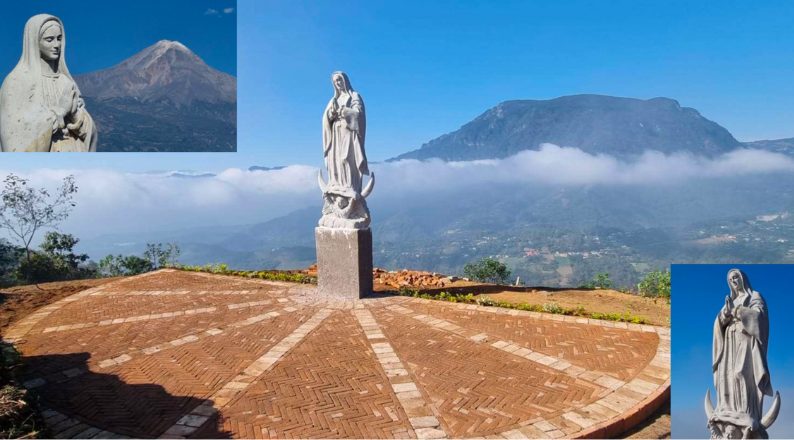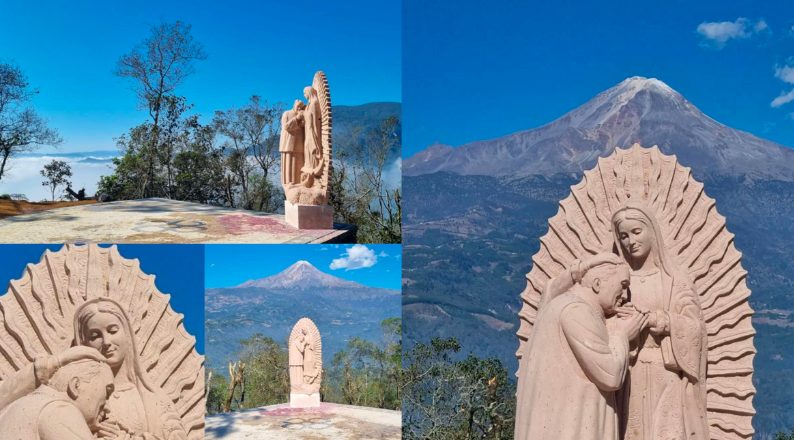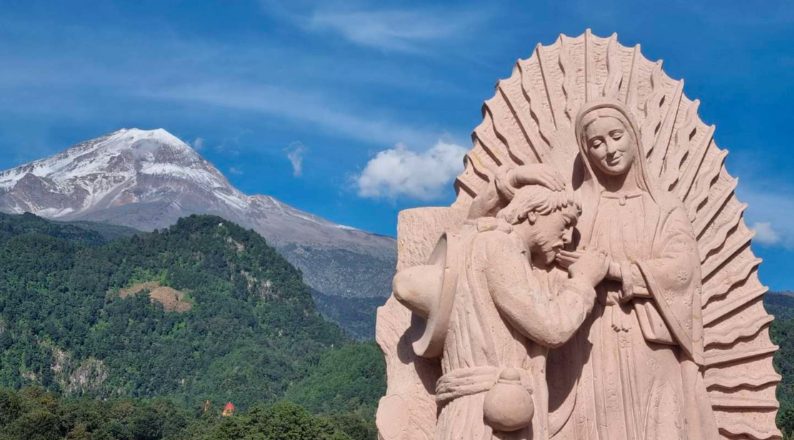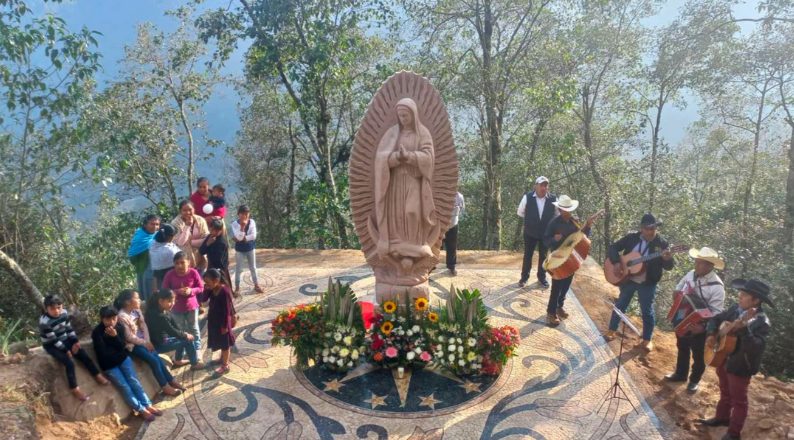Enrique Villegas
(ZENIT News / Orizaba, Mexico, 06.11.2023).- Emerging in the framework of the 500th anniversary of the Virgin Mary’s apparitions to Juan Diego, is the Camino de Guadalupe [the Guadalupe Path] in the Pico de Orizaba, Veracruz, an initiative of the Catholic Church at the service of the poorest and marginalized.

Lovers of nature, hikers and mountain cycling adventurers meet there in its environment. While pilgrimaging they contemplate the beauty of the nature of the Veracruz highlands: mountains, rivers, water falls, fields full of flowers, flocks of sheep and goats and, above all, hospitable people.

The Pico de Orizaba, Mexico’s highest mountain, symbolizes the high 22 kilometers to the Jardin de Guadalupe [Garden of Guadalupe], located in El Minero [The Miner]. The intermediate stations established to date are San Martin, La Cienega [The Swamp], Chilapa and Las Trincheras [The Trenches]. San Martin’s Guadalupe Square has a sculpture of the Virgin with Saint Raphael Guízar y Valencia. La Cienaga’s Square was made by the inhabitants with small stones collected by them in the Metlac River. Children, young people, adults and elderly placed them one by one as background of the 46 stars on the mantle of the Virgin of Tepeyac. In this sculpture the Virgin of Guadalupe is embracing Juan Diego. Guadalupe Square in Chilapa has a stone carpet made in Puebla that can be seen from seven villages. Erected majestically in Las Trincheras is a five-meter-high image of the Morenita [the Little Dark One] made of steel in Monterrey.

The Camino of Guadalupe is a project of evangelization and peace under the mantle of the Virgin Mary, where prayer and action go hand in hand The “MasAlto” Mission, promoter of the Camino de Guadalupe under the direction of Father Evaristo Sada, Legionary of Christ, has headed brigades of reforestation, drinking water collection projects as a team with the Rotoplas Foundation, 200 Japanese clove orchards and 83 flower greenhouses, property of the women farmers. In this program they enjoy the support of Cubasa and the Banorte Foundation, among others.

Religious tourism, which the Camino de Guadalupe will undoubtedly detonate, will be in benefit of the most destitute communities of the slopes of the volcano.

The farmers dedicated to the cultivation of flowers and to grazing are the Juan Diegos of our time, looked upon and chosen by the Virgin Mary to be her messengers and spread Christ’s Kingdom. The parish priests of Xometla and La Perla work as a team with Familia Misionera [Missionary Family] to form them for that mission.




